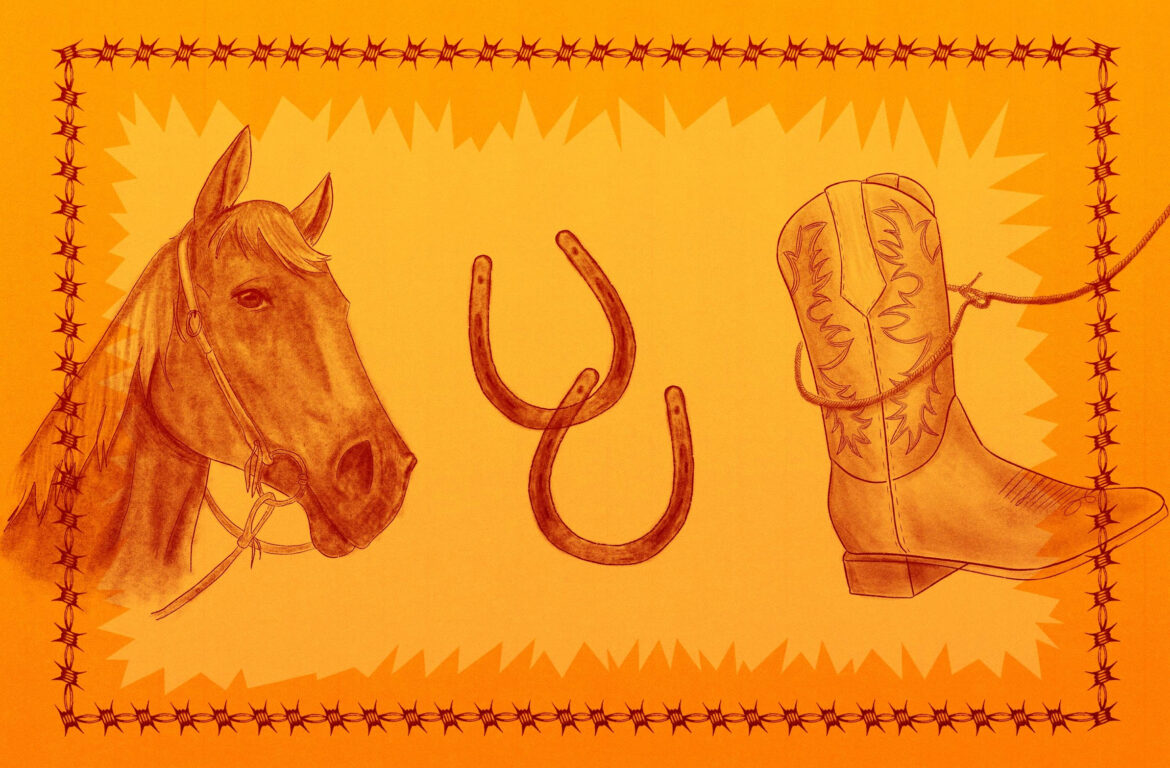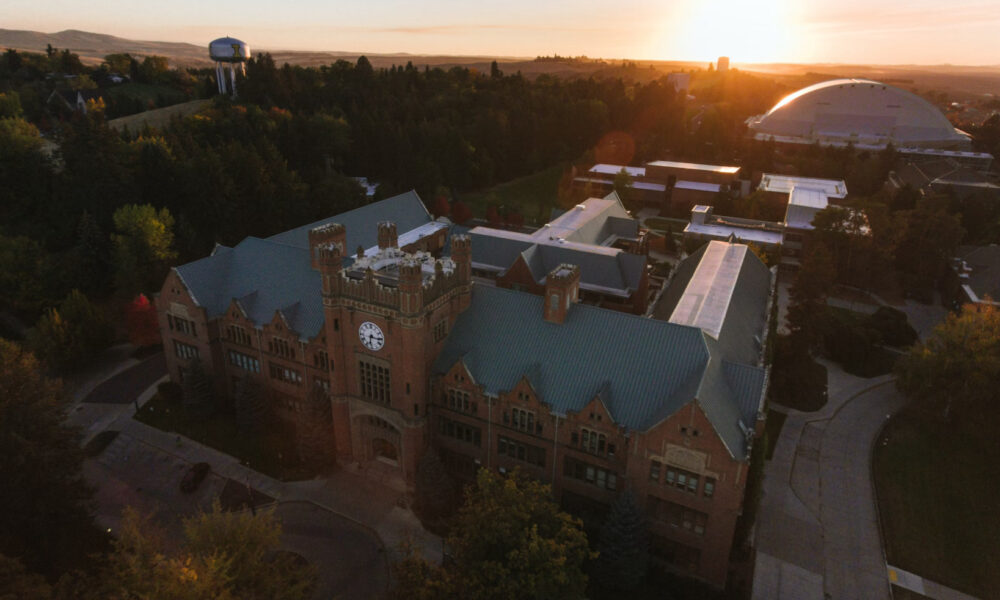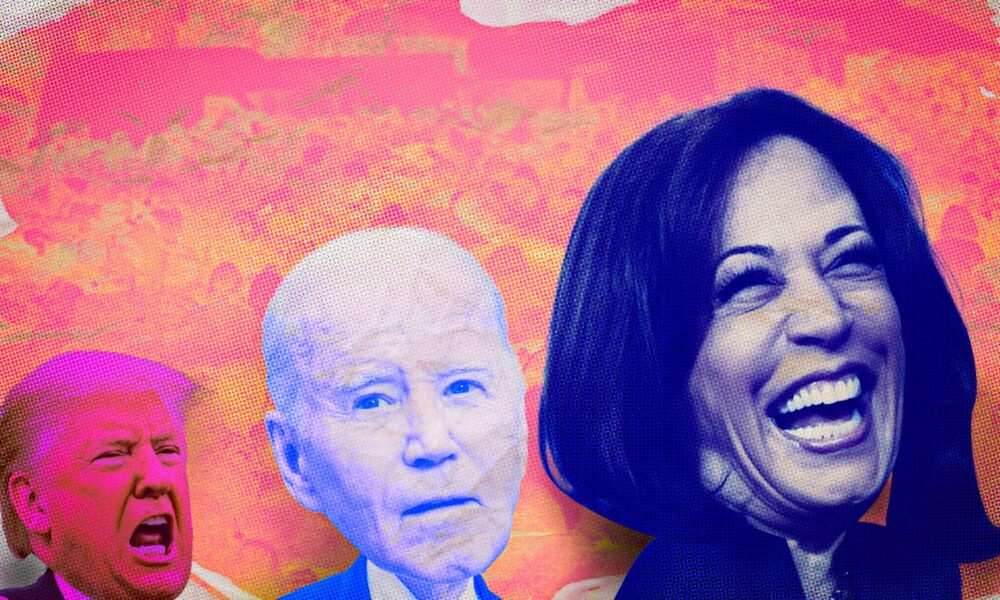A dire need to make friends ruled my life as a freshman in high school. I was uprooted due to a cross-country move from New York to Texas two years prior. I carried over a few friends from middle school, but every new class was full of kids I’d never seen before. I was spiraling in a sea of more than 1,000 students that had no idea who I was.
A bulletin board hung on the wall of the ninth grade hall, peppered with multicolored papers advertising the school’s various clubs and after-school activities. I stared at it longingly, searching for somewhere I would fit. I tried every persona on for size. I started with chamber orchestra and played cello, but I ultimately got bored of the same exercises and a conductor who wasn’t fond of me. I was on both the volleyball and basketball teams, but intense coaches drove me to hate the sports and switch to tennis. I even was a theater kid for a few years, which, unfortunately, never truly leaves you. Still after all of this, nothing seemed to fit me right. Every activity was disingenuously putting on a costume of a character that I didn’t identify with.
Walking by the bulletin board one day, a flyer stuck out from the rest. It was one I had never seen before. The Marcus-Lewisville-Flower Mound High School Rodeo Team, a mouthful of a name that consisted of the three high schools that made up the district, was looking for new members. I already had some experience riding horses and took weekly lessons at my town’s equestrian center, so my interest was piqued. Though I mainly took lessons in the English style of riding, full of proper posture and jumping horses over fences, I began to develop a fascination with what the rodeo-driven world of Western riding would be like.
Now yes, I did live in Texas, but, for the most part, it wasn’t the stereotypical Texas most people think of. It wasn’t the rootin’, tootin’ Texas depicted in movies, filled with cowboys sporting 10-gallon hats with a sole straw of hay pinched between their teeth. No, I lived in Flower Mound, an overdeveloped concrete wonderland of a suburb, flooded with nondescript strip malls and drive-thrus for every food imaginable, situated just under an hour north of Dallas. Highways stacked over each other to reach inconceivable heights. Honestly, I’d always felt like my hometown of Stony Brook was more country than Flower Mound. That is, until I joined the rodeo team.
The rodeo girls starkly contrasted my usual peers in class. They wore Miss Me jeans with back pockets so bedazzled and gaudy that they would make scratching noises when they sat down on the bleachers in the arena stands. Their Justin boots were dirty and perfectly worn in, paired with sparkly spurs that clanked with every step. On practice nights, they would usually wear their long hair in a braid, tucked underneath a baseball cap. The cap stayed on when they rode their horses, and no helmets were to be found.
Not being born into a rodeo life, I did not come with the same preinstalled software that allowed them to ride with such fearlessness. There were very few times I was ever on a horse without my helmet, as dorky as it looked compared to everyone else. They didn’t care about being safe. They only cared about being the fastest. They zoomed across the dirt arena, and dust flew behind them and onto those in the stands. It was badass. They casually had confidence with every turn. They were gods to me.
Over the next few months, I became closer with the group. I started going to a different barn, one that few of the girls took lessons and boarded their horses at. At that barn, I met Doc, an older, kind-eyed palomino with pale yellow fur that shed to reveal a toasted golden coat in the summer months. I quickly bonded with him, and he became my horse soon after that. Doc was slow. I was told he was bred for a discipline called Western pleasure, which valued form over speed. Still, we attempted the speedier rodeo events. Even though I was likely the slowest there, my teammates didn’t mind and gladly accepted me as part of the group.
There was comfort in the camaraderie of rodeo. I got my own bronzed belt buckle and pair of bedazzled jeans and walked proudly through the halls of Flower Mound High School, muddy cowboy boots and all. I would wear my custom rodeo hoodie almost every day, like I was a member of an exclusive club. The blue seal of the North Texas High School Rodeo Association marked me on the back of the hoodie, with a message on the front that read, “Kickin’ up the dust,” a nod to the sport’s emphasis on speed.
After years of feeling like I never felt like I truly belonged to anything, this team gave me a sort of identity that helped me survive the years of high school. I excitedly served as the team’s secretary in sophomore year, helping organize events and practices, but mainly taking attendance. Membership duties also included hosting one rodeo competition a year as a team for the entire North Texas High School Rodeo Association. Not only were the students required to work the event, but their parents were too. The division of duties for the event were a bit gendered — women took care of concessions, and men worked the events. Though I was a bit offended, I was relieved because working the rodeo chutes was quite frightening to me.
My dad still recalls a moment during his event — calf roping. As the gates were open to let the roper and calf out of the chutes, a leather strap from the mechanism flew back at him, with a trajectory aimed directly for his eye. The only reason he came out of that situation unscathed was his cowboy hat, which he begrudgingly put on before heading out. The whip perfectly ricocheted off the brim of the hat. What once was a stereotype of Texas was what kept him safe. That was the day he learned one of the many uses for those cowboy hats — besides looking pretty cool.
Though we participated in a multitude of rodeo events like goat tying, calf roping and pole bending, barrel racing was our focus. Three barrels, the kind typically used to hold feed, are arranged in a clover shape, approximately 90 to 100 feet apart. The point is to go as fast as possible through the course, circling each barrel without knocking it over. A rider speeds out the gate, with their horse running as fast as they can. Then at a turn, one hand drops to the horn of the saddle to keep balance. The most important part comes after making it around the third barrel. “Kick! Kick! Kick!” onlookers shout from behind the fence, voices sore from the volume of their hollers. Riders kick so hard in the final moments that they practically fly above the horse. It was like their lives depended on this moment. The horse makes it to the finish in a flash, with only a dust cloud left behind. Impressive times at the professional level clocked in around 15 seconds. Teammates hit times close to 14 seconds. I don’t think I ever hit under 20 seconds.
At a play day, a casual, just-for-fun rodeo, I felt like I was having one of my best runs yet. In the moments heading from the second barrel to the third, I realized I was losing control. When I pulled the reins to make the final turn, my horse, Doc, didn’t turn. He kept running forward and started to buck. I completely flipped over him, my body flying through the air until I hit the hard ground — hard — and landed with my knuckle in my eye socket. I came out of the fall mainly unharmed, except for a gnarly black eye that I had to go to school with the next day.
The fall changed my perspective about riding. Others on the team were ready, almost eager, to put their lives on the line for the sport. I vividly remember a picture that one of them posted on Instagram. The caption read something like, “If I die in the saddle, just know I died happy.” That was not how I felt at all. Getting thrown scared me, and my 14-year-old self reeled at the thought of losing my life to horseback riding. I felt like there was a lot more I wanted to do. I stayed a member of the team, but I decided to take a step back. I pivoted from barrel racing to Western pleasure, the discipline I was told Doc was ideal for. Slowed down, controlled gaits were preferred, and Doc flourished in that discipline. I worked at the barn where I boarded my horse for most of my remaining time in high school. I chose to simply enjoy my time with the horses instead of pushing myself like the others did.
While I was in my senior year, my family was making plans to move back to New York once I graduated. It was impossible to fit Doc into those plans. I wound up giving him to one of those badass barrel racers I met through rodeo team, someone who became a close confidant for me throughout high school. The rope attached to Doc’s halter was handed over to her. I gave her a hug. I gave a final big hug to the horse that showed me to trust myself. As our truck pulled away from the barn, I turned and looked through the back window through tears and an aching pain in my stomach and throat, until Doc became too small to see anymore.




Comments are closed.